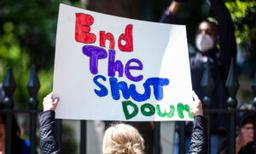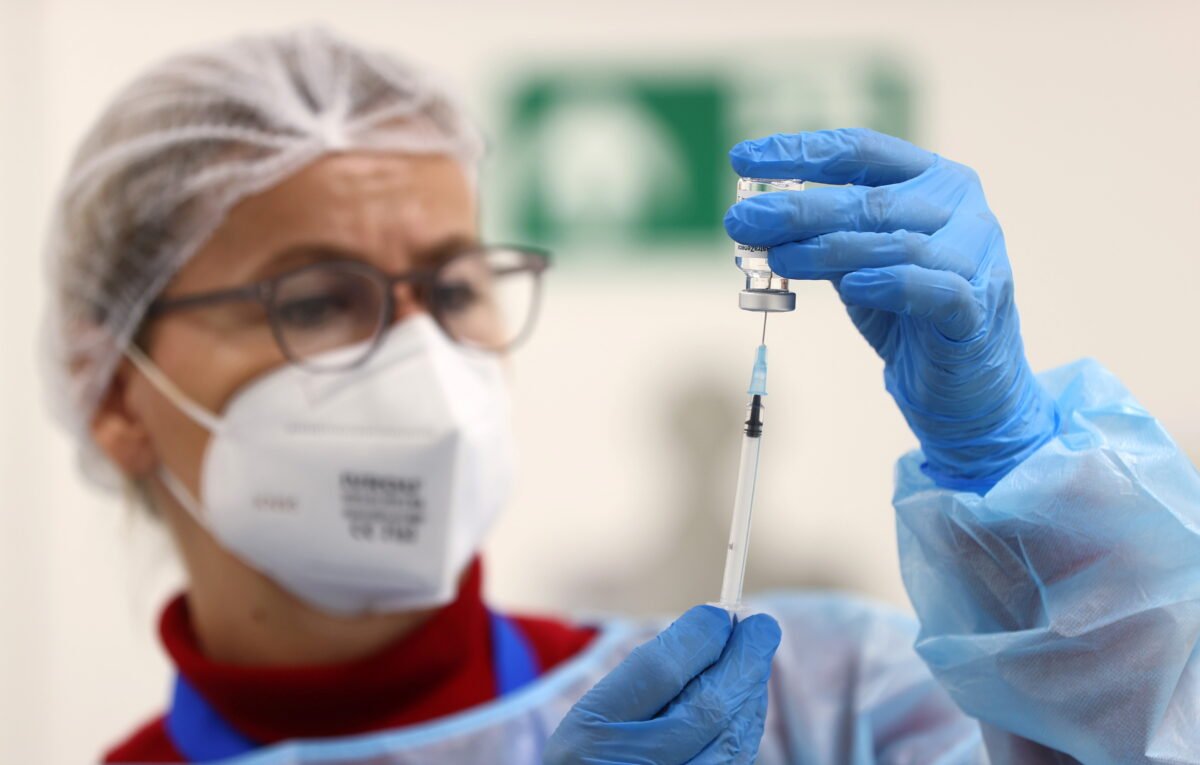Australia’s Life Satisfaction Continues to Struggle Even After the Pandemic
The overall well-being of Australians has not returned to pre-COVID-19 pandemic levels despite some improvements, according to a new report released on Sept. 7.
The latest biennial report from the Australian Institute of Health and Welfare (AIHW) examined the lasting effects of the COVID-19 pandemic period and its impact on the lives of individuals.
AIHW Deputy Chief Executive Officer Matthew James said that despite life returning to “normal” for Australians, some areas were “quite different” compared to the years before the COVID-19 pandemic. Still, Australians have “come a long way since 2021.”
However, the report extrapolated data from several sources including an Australian National University (ANU) survey, and found life satisfaction was lower than before.
The report also found that between 2001 and 2018, average levels of life satisfaction were stable according to the Household, Income and Labour Dynamics in Australia (HILDA) analysis.
Life satisfaction pre-pandemic was 7.5 out of 10 in 2019 compared to 7.6 in 2014, but lower than 7.2 in 2020 except for those aged 70 and over, according to the General Social Survey from the Australian Bureau of Statistics (ABS).
Average satisfaction did increase from August 2021 but declined slightly from 6.8 in January 2023 to 6.6 in August 2023, lower than in the late 2020 period and pre-pandemic.
Psychological Distress Remains
Meanwhile, life satisfaction and psychological distress have not returned to pre-pandemic levels.
The percentages show that in October 2021, 12.5 percent of Australians experienced severe psychological distress compared to 12.9 percent in August 2023.
However, in April 2020, 10.6 percent of adults experienced severe psychological distress, a notable increase from just 8.4 percent in February 2017.
The report noted the percentage results were drawn from a life satisfaction question that asked, “How satisfied do you feel about life in general, on a scale from 0 to 10?” Zero meant “not satisfied at all,” and 10 meant “completely satisfied.”
Meanwhile, the proportion of people feeling lonely compared to early in the pandemic has declined. However, loneliness was “already concerning” before the COVID-19 pandemic, the report said.
Data from 2001 to 2019, showed about one in five Australians agreed with the statement, “I often feel very lonely.”
As of August 2023, 37 percent of Australians reported having experienced loneliness “at least some of the time,” the report said.
Social Contact Reduced as Work-from-Home Increased
Australians’ social contact frequency declined across all age groups for at least two decades, with data showing a decline of 13 percent overall from 2001 to 2021.
In 2020, Australians who had face-to-face contact at least once a week with family and friends outside their household dropped to 42 percent, compared with 68 percent in 2019, according to the ABS General Social Survey.
Gambling Returns to Pre-Pandemic Levels
ANU literature (pdf) found levels of high-risk gambling remained relatively stable before, during, and after the COVID-19 pandemic.
Still, while overall gambling participation rates decreased during lockdown periods, the current data showed that participation had nearly returned to pre-pandemic levels in 2023.
In June 2023, the authors of “Gambling Participation and Risk after COVID-19: Analysis of a Population Representative Longitudinal Panel of Australians” found a slight increase in gambling levels from January 2023.
The data from the CSRM COVID-19 Impact Monitoring Survey Series comprised a representative survey of Australian adults and their involvement in gambling participation and its severity.
Further, in 2023, the authors said broader literature suggested individuals whose gambling increased during the pandemic had a higher likelihood of “gambling severity, psychological distress and increased levels of alcohol consumption.”
The authors said problems arising from gambling were
Source link






